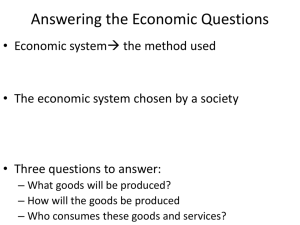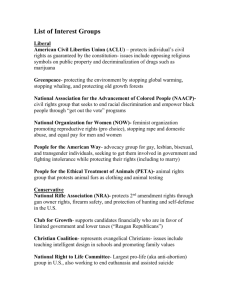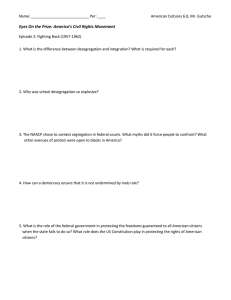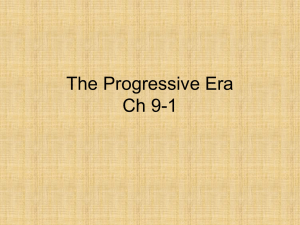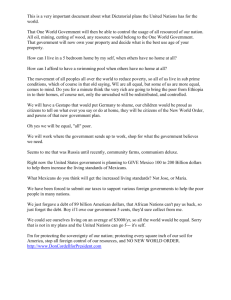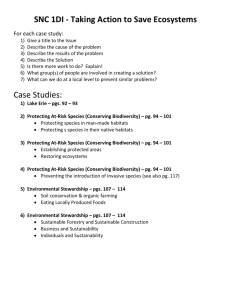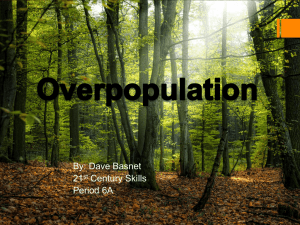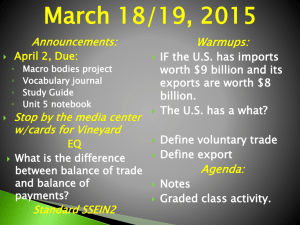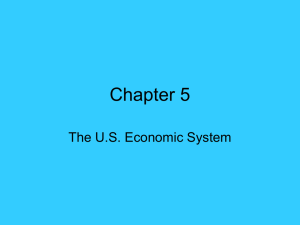3 Key Economic Questions
advertisement
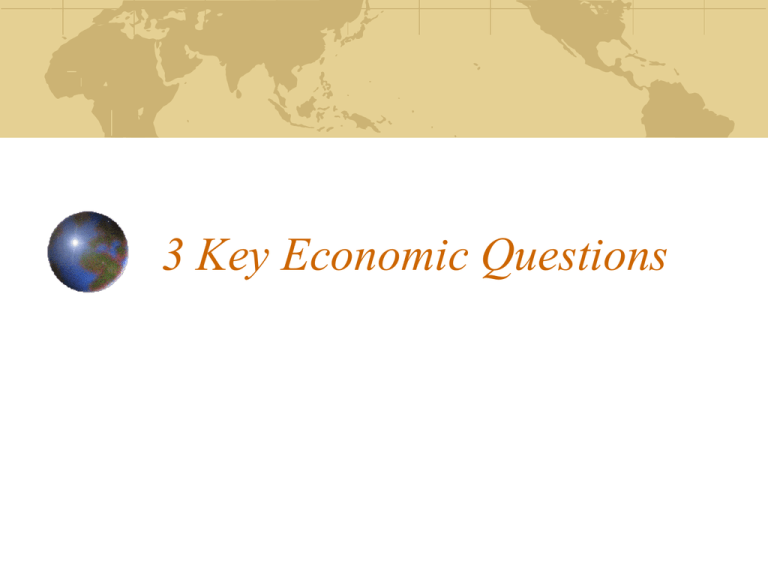
3 Key Economic Questions Because economic resources are limited, every society must answer 3 economic questions….. 1. What goods and services should be produced? What should our society produce to satisfy our needs and wants? Because of our limited resources, each production decision that a society makes comes at an opportunity cost. 2. How should these goods and services be produced? All things produced require land labor and capital How should they be combined to produce different goods and services? 3. Who consumes these goods and services? Who gets to drive luxury cars and who can only afford to ride the bus? Societies must decide how to distribute the available goods and services. People create economic systems to answer the 3 economic questions However, each economic system will answer the 3 economic questions differently based on their beliefs of various economic goals. Broad Economic Social Goals Economic Efficiency How well productive resources are allocated to produce goods and services Getting more for less, high output for low cost Economic Equity What is “fair”? What people think is right and wrong. Providing equal opportunity or equality of income. Broad Social Goals continued… Economic Freedom Freedom for consumers to spend/save income, choose jobs, and establish new businesses and close old ones. Economic Growth Increase production of goods and services over time. Measured by changes in level of GDP Economic Security Protecting consumers, producers, and resource owners from risks that exist in society. Secure from events that can not be controlled. Broad Social Goals continued… Price Stability Avoiding inflation/deflation Economic Stability - Keeping economic growth reasonably smooth and steady. Full Employment Occurs when an economy’s scarce resources, especially labor, are fully utilized. Environmental Protection Protecting natural resources and creating regulations against pollution, overpopulation, etc. Economic Systems Traditional Economy Relies on habit, custom or ritual to decide what is produced, how it’s produced, and to who. Minimal innovation or change. Revolves around the family; based on age, status, and gender. Slow to adopt new technology or radical ideas. Lack modern conveniences and have low standard of living. Economic Systems continued… Command Economy Central gov’t decides how to answer 3 economic questions. Gov’t owns both land and capital; controls where indivduals work and wages paid. Communism: All economic and political power rests in the hands of the central gov’t. Economic Systems continued… Market Economy Economic decisions are made by individuals and based on exchange and trade. Choices made by individuals determine what gets made, how and who consumes the goods and services produced. Individuals and private businesses own the factors of production (resources); make what they want and buy what they want. Circular Flow Model of a Market Economy Circular Flow Model of a Market Economy Business Firms Households Economic Systems continued… Mixed Economy Market-based economic systems in which gov’t plays a limited role. Examples: Public Education, Mass Transit, laws protecting property rights, patent laws.
